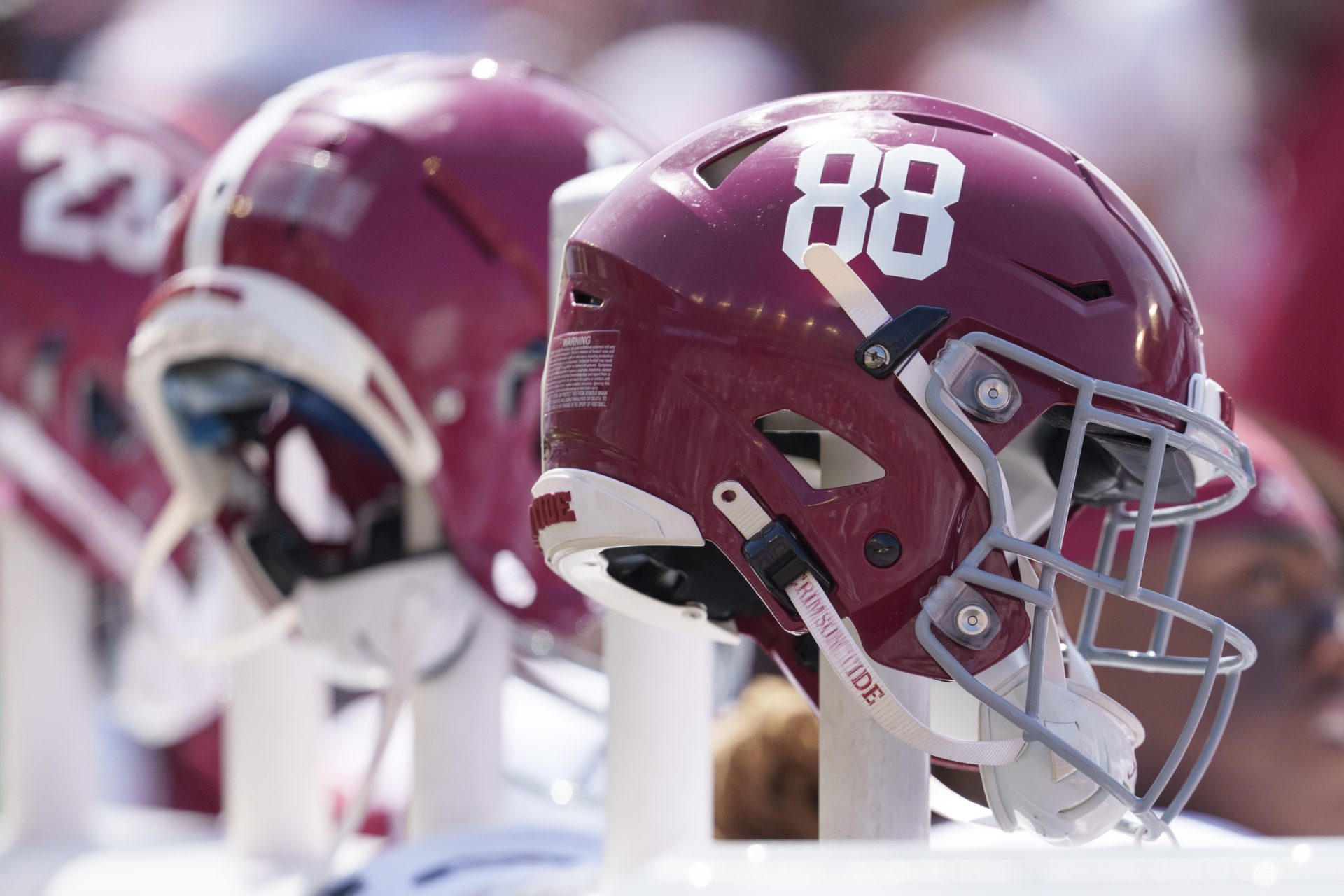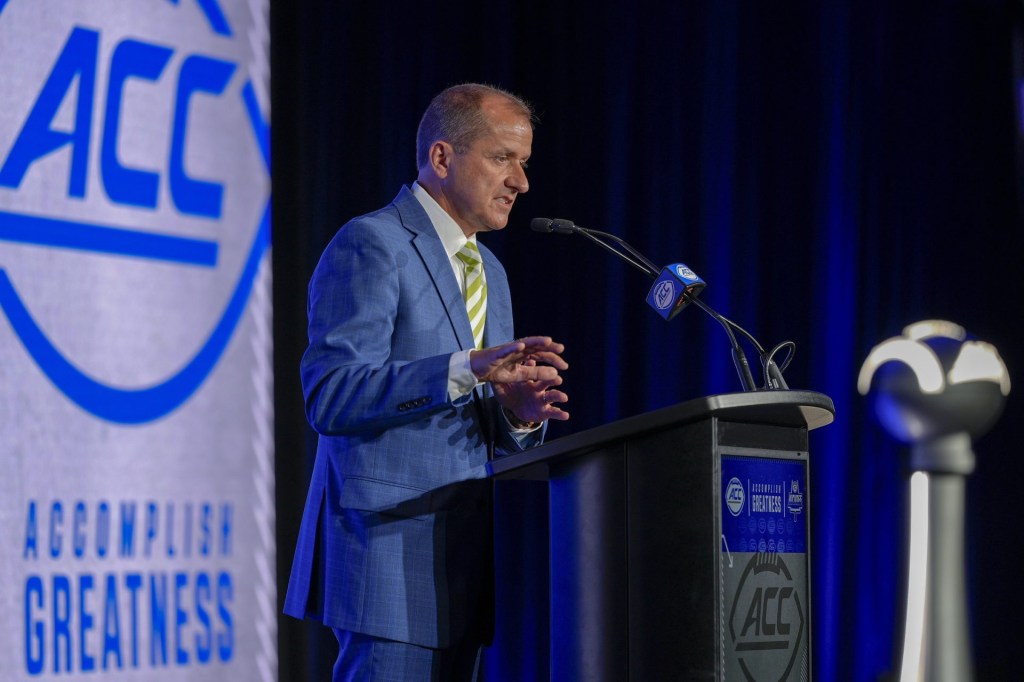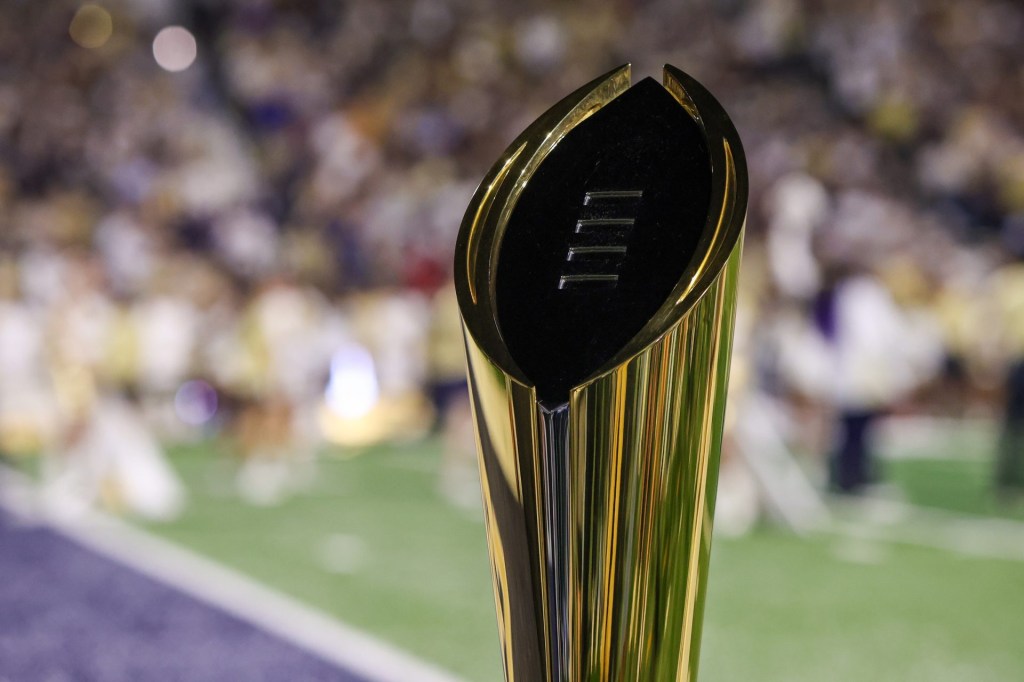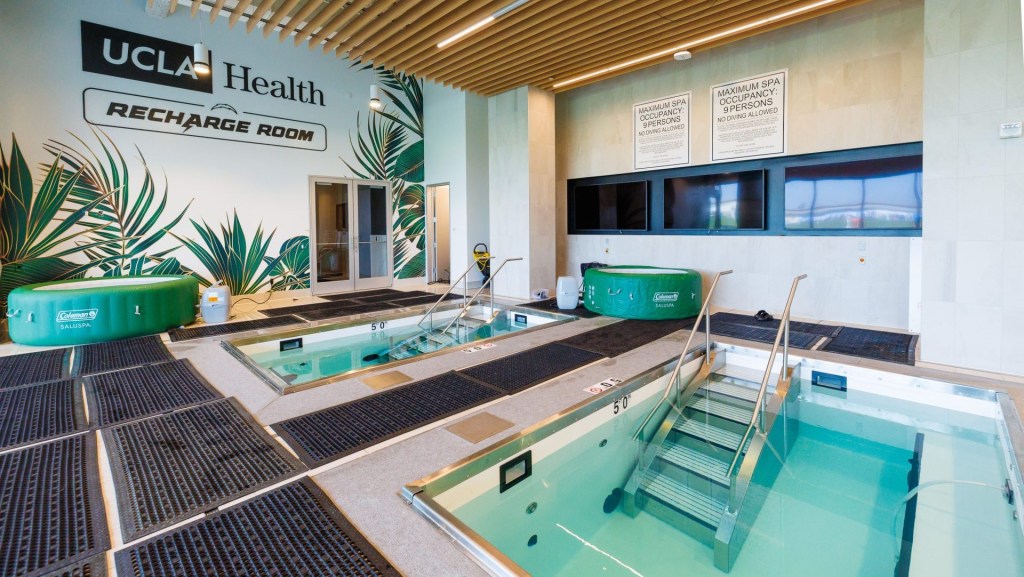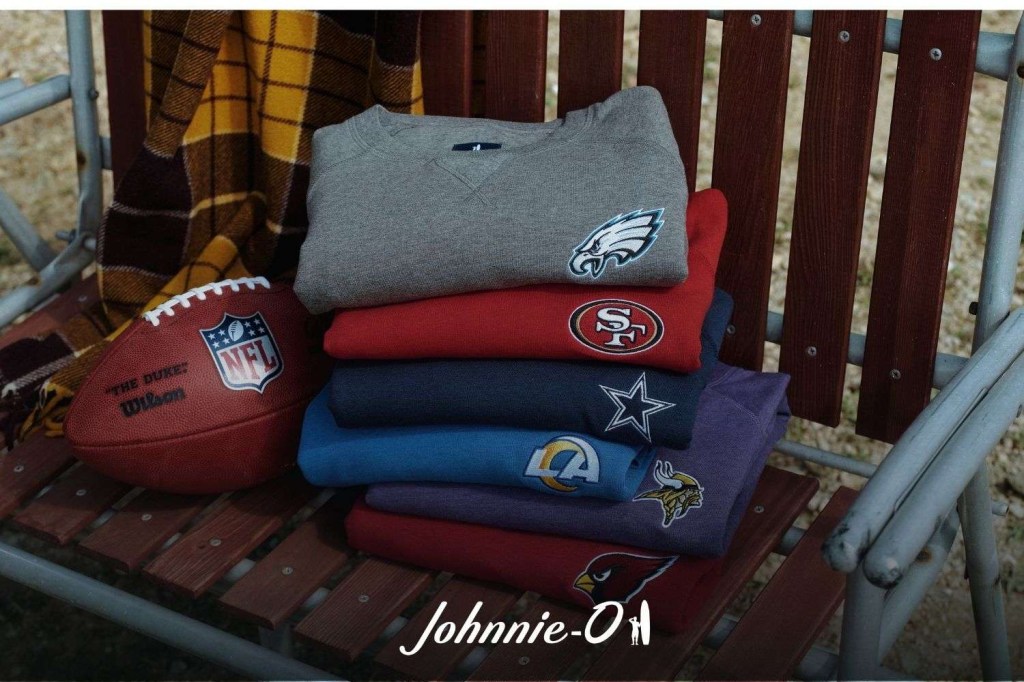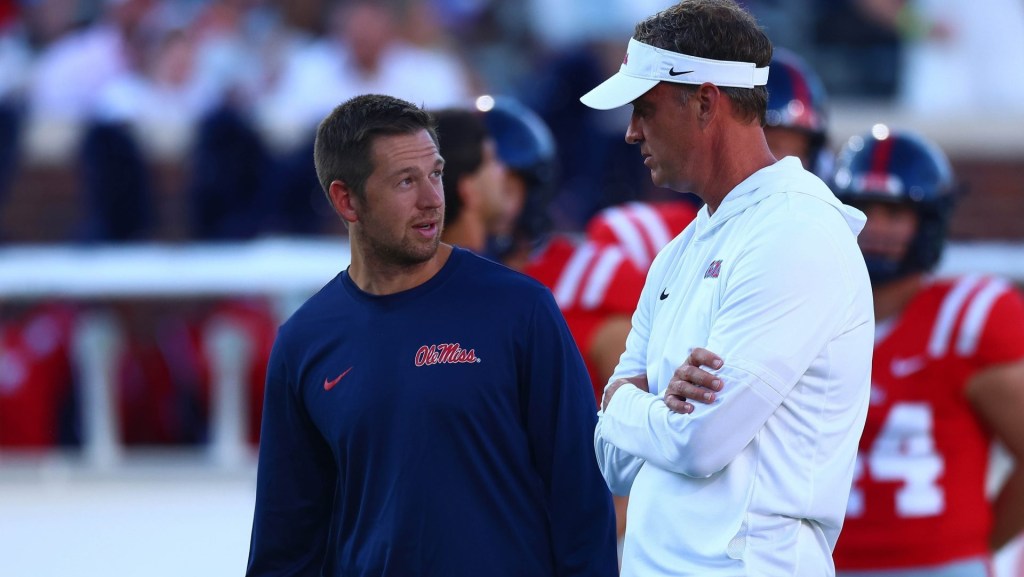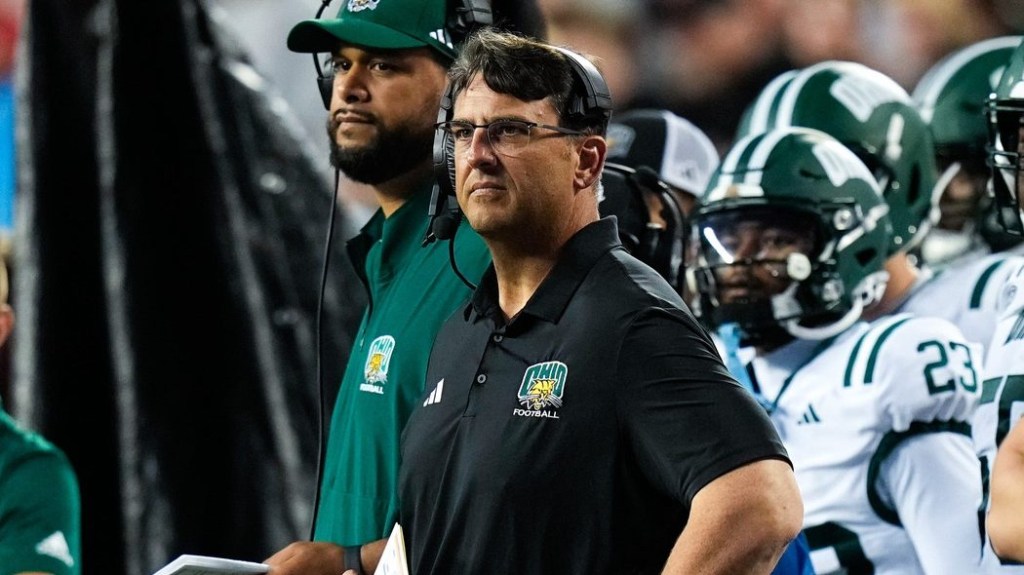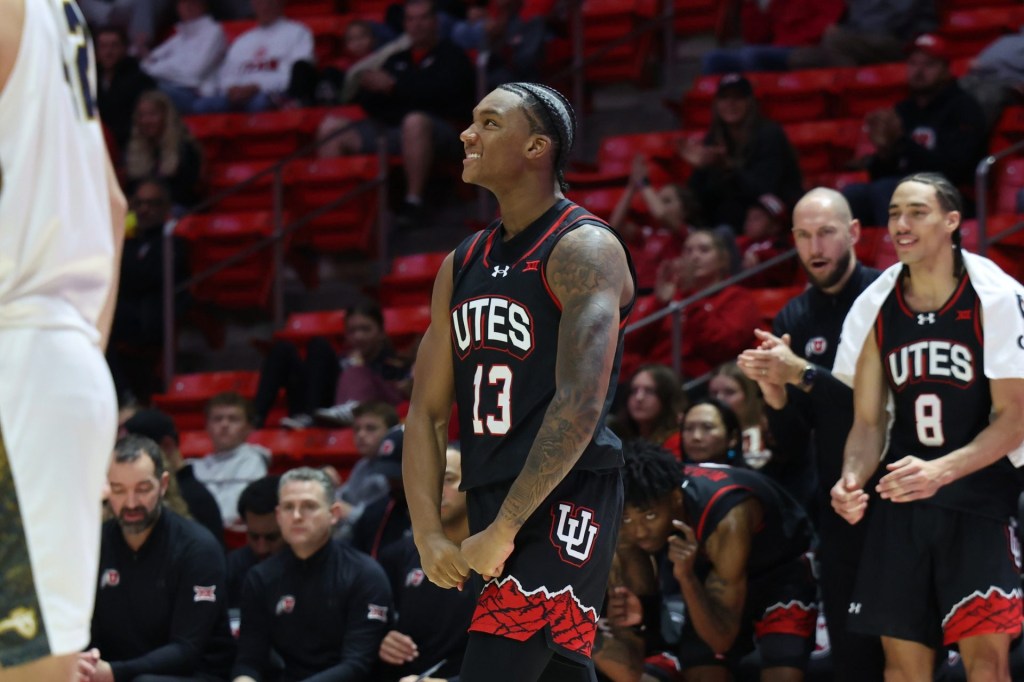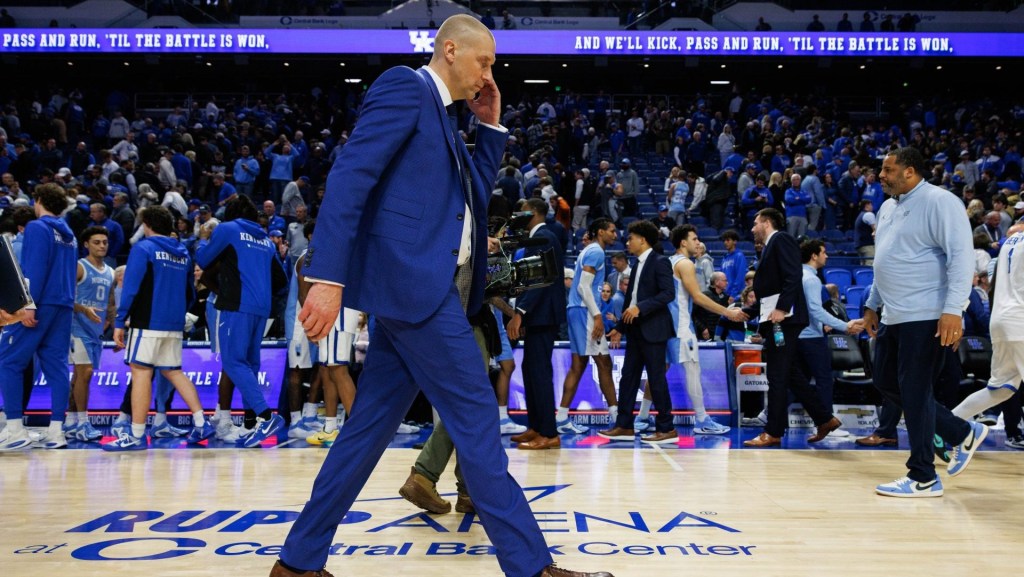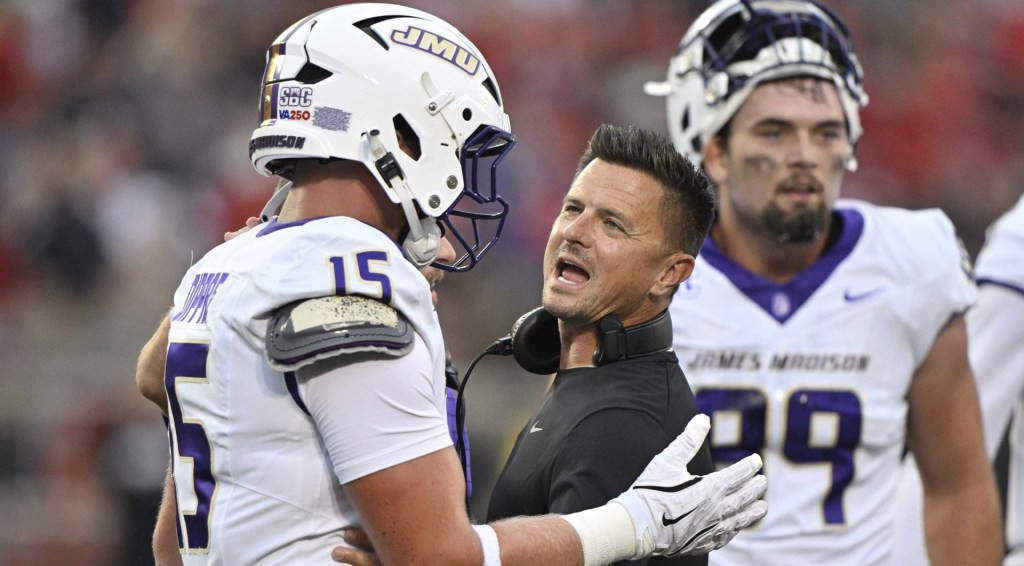College athletic departments have less than a month to finalize how they will implement revenue-sharing with student-athletes, after the House v. NCAA settlement was finally approved Friday evening.
Four years to the day after the NCAA started allowing NIL (name, image, and likeness) deals, universities will now be allowed to pay student-athletes directly, beginning July 1.
Division I schools can offer up to $20.5 million to all the current players, but it’s not guaranteed that every program will.
Planning Full Payouts
Alabama AD Greg Byrne confirmed on Saturday that the Crimson Tide will be “fully funding revenue sharing” while also offering new scholarships and continuing efforts around NIL opportunities. Byrne did not specify how much money would be allocated to each sport.
Colorado AD Rick George also said the Buffaloes intend to “fully meet the $20.5 million responsibility” and specified that each of the school’s athletic programs will have a revenue-share budget that is “proportional to the revenue that sport generates.” All Colorado student-athletes will be able to participate in revenue-sharing in the form of entering into a licensing agreement with CU Athletics. Earlier this year, Colorado became one of the latest schools to ditch its NIL collective in preparation for the revenue-sharing era.
Texas Two-Step
Before the settlement was finalized, Texas and Texas Tech were among the schools to reveal how they expected to split up revenue-sharing dollars. They are both following what is expected to be a common model of allocating roughly 75%, which amounts to $15.37 million, to football.
Texas is planning 15% for men’s basketball and 5% for women’s hoops, while Texas Tech is going with 17.5% and 2.5%, respectively. The remaining 5% will be spread out among other sports and is likely to vary from school to school depending on their specialties. For example, the Longhorns and Red Raiders, who just met in the Women’s College World Series, may want to invest more in their softball programs.
Big Paydays, Smaller Budgets
While Power 4 athletic departments likely have no issue committing the full $20.5 million in revenue-sharing, that’s not the case all around the country.
The American Athletic Conference is requiring its schools to share at least $10 million of athletic revenue with athletes over the next three years. AAC commissioner Tim Pernetti has said he expects many of his conference’s schools to exceed that $10 million threshold in the first year alone, though.
Meanwhile, schools that don’t have football programs could theoretically allocate a disproportionate amount to their basketball programs, something Big East commissioner Val Ackerman said should be an advantage.
